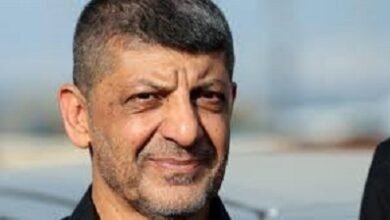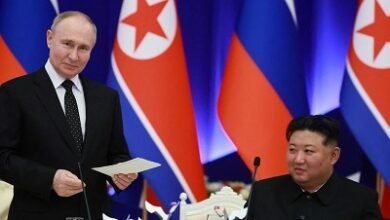Hardline presidential candidate Saeed Jalili will likely win !!!
By S K Singh:Editor-In-Chief

WAR-REPORT:- Hardline presidential candidate Saeed Jalili will likely win the Iranian presidential election in the runoff race on July 5. No candidate received the majority of votes needed to win the Iranian presidential election on June 28 and Iran will hold a runoff election between the two most popular candidates—ultraconservative Saeed Jalili and reformist Masoud Pezeshkian—on July 5. Pezeshkian received 10.4 million votes while Jalili received around 9.5 million.
The second most prominent hardline candidate—Mohammad Bagher Ghalibaf—received around 3.4 million votes in the first round of elections on June 28, which was not enough to compete in the runoff election. At least some Ghalibaf voters will presumably back Jalili in the runoff election, however, giving Jalili a significant advantage over Pezeshkian. Pezeshkian has also struggled to consolidate support among Iranian youth, a key voter demographic for the reformist faction.
Pezeshkian is unlikely to garner enough support to win against Jalili, especially since social media users have circulated statements in recent days of Pezeshkian boasting about his role in enforcing unpopular policies such as mandatory veiling.

The Iranian regime is attempting to frame the July 5 presidential runoff elections as a fair and competitive race, despite Supreme Leader Ali Khamenei indicating a preference for hardline candidate Saeed Jalili. Khamenei has repeatedly expressed concern about low voter turnout rates in recent years and views participation in Iran’s presidential elections as a demonstration of Iran’s democratic legitimacy.
Iranian regime officials during this election cycle have attempted to reinforce the regime’s democratic legitimacy by boasting that Pezeshkian’s candidacy illustrated the legitimacy of Iran’s electoral process. Some Iranian university students confronted Pezeshkian in a meeting on June 16, framing his candidacy as an effort on the part of the regime to contribute to an “illusion of democracy” and an attempt by the regime to legitimize the elections.”
The June 28 voter turnout rate was nevertheless unprecedently low at 40 percent, with the lowest recorded rates in Kermanshah, Kurdistan and Tehran provinces. It is noteworthy that a significant percentage of anti-regime protests during the Mahsa Amini movement occurred in Kurdistan and Tehran provinces, suggesting continued disillusionment with the Iranian regime in these regions.








